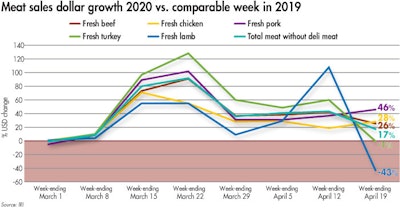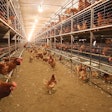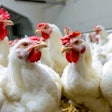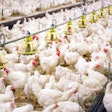
Beef and chicken, the two largest proteins, saw the largest increases in terms of dollars during the week of April 19 versus the comparable week in 2019. In absolute dollars, beef sold an additional $126 million despite going up against the 2019 Easter sales bump, with ground beef generating 62% of these additional dollars, or +$78 million. Chicken generated $62 million more during this third week of April versus the same week in 2019.
Year-to-date, dollar gains for total meat are up 24.2% over the comparable period in 2019 and volume gains +14.9%. At the individual protein level, the effect of going up against Easter 2019 sales can be seen in lamb, that saw triple-digit increases last week and dropped down to -43% this week. Pork, chicken and beef sales continued to do well in dollars, all up double-digits.
Processing plant closures affecting retail
“The temporary closure of many meat and poultry plants in the past few weeks is only now showing up on the retail shelf, with many items becoming more difficult to find,” said Christine McCracken, Executive Director Food & Agribusiness for Rabobank.
“U.S. beef and pork facilities are running at only 75% of normal levels, while chicken operations are operating 10% below the norm. This situation is expected to get a bit worse in the next two to three weeks, as additional plants are affected. Supplies of many processed and deli meats are also challenged as they compete for scarce raw materials and face similar labor issues.”
John Tyson, the chairman of Tyson Foods’ executive board, recently warned that the closure of meat processing plants has made the food supply chain vulnerable.
FDA labeling flexibility
It is likely that consumers will continue to shift back and forth between proteins as they have in prior years when inflation or deflation affected the retail marketplace. The Food and Drug Administration also released new guidance to provide additional flexibility to the food supply chain, allowing restaurants and food manufacturers to sell excess product without labeled nutrition information directly to consumers in order to help ensure that available food is distributed throughout the country where there is need.
Additionally, FDA announced it will work cooperatively with manufacturers for the remainder of the year on the implementation of the updated Nutrition Facts labeling with the understanding that it may take additional time to get products with updated labels into the marketplace.
View our continuing coverage of the coronavirus/COVID-19 pandemic.
Like what you just read? Sign up now for free to receive the Poultry Future Newsletter.















